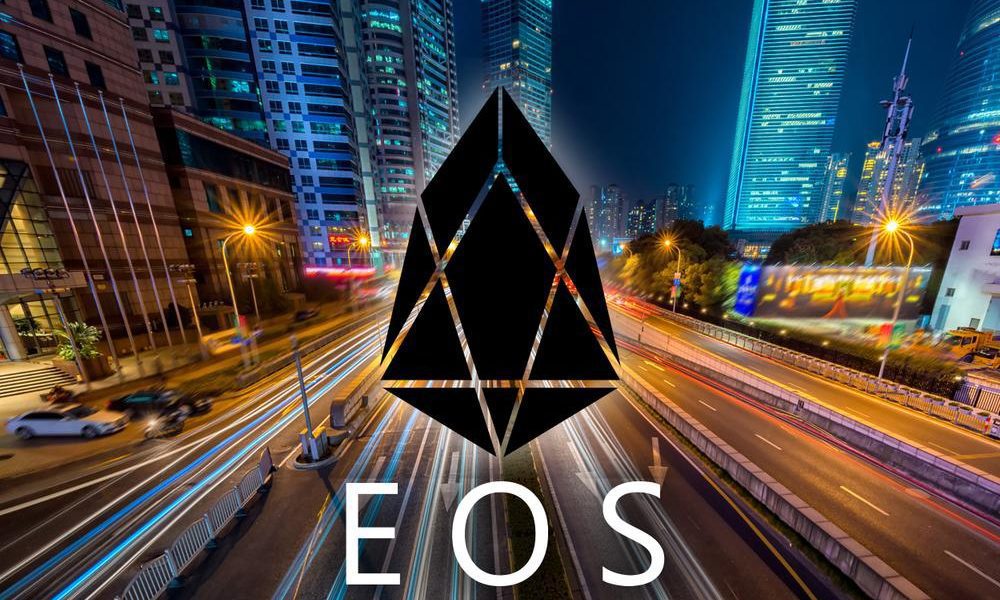- The EOS community is getting ready to welcome what is dubbed the Mandel 3.0 network upgrade for 2022.
- The upgrade will bring three main hard fork features, and it will be part of the blockchain’s efforts to disentangle itself from developer Block.one.
Since Its release in June 2018, the EOS blockchain has been teeming with both successes and controversies. What has stood in recent months, is the lack of development on the network, something that led its new CEO, Yves La Rose, to call it “a failure.”
Read More: EOS community ousts Block.one, blames company for neglecting network development
However, a recent announcement by Daniel Larimer, co-founder of EOS’ developer company Block.one, is attempting to brighten up things. The network plans to undergo an upgrade in 2022 which will see the EOSIO code repository forked into a new codebase. The latter has been temporarily named “Mandel” (short for Mandelbrot); a permanent name will be given to it following broader consensus among all EOSIO-powered blockchains. According to Larimer:
This will mark the symbolic completion of EOS independence from Block.one because it will be the first time the EOS network is running a version of the software not developed or released by Block.one.
A few weeks ago the EOS community chose new leaders to support network development and froze nearly 7OM Block.one token. Both were efforts geared towards terminating its now-soured relationship with Block.one.
Read More: EOS jumps 14% after community wrestles control of 68M tokens from Block One
EOS prepares for Mandel 3.0 2022 launch
The new codebase will begin from Mandel 3.0. It will be derived from EOSIO 2.0, with “some of the most valuable enhancements from EOSIO 2.1, and a few from EOSIO 2.2.” Mandel 3.0 will also bring with it new hard fork features, namely: configurable WASM Limits, the contract pays and enhanced configurable blockchain params.
The first feature expands the size of deployable smart contracts, allowing larger, more powerful contracts to be deployed.” This functionality is adjustable in either direction, meaning it can be increased should there be the need, or reduced should attackers exploit it.
The second development, the contract pays, “eliminates the account creation costs” for users who simply want to use EOS as a currency. It also simplifies privacy token implementation without compromising user privacy in the resource system. Finally, the third development makes it easier for developers to make alterations to the EOS Mainnet.
For this upgrade to apply to block producers on EOSIO 2.1, developers will release a Mandel 2.3 version derived from EOSIO 2.1. This will consist of the Mandel 3.0 hard forks, and will ease EOSIO 2.1 node upgrade to Mandel 2.3.
Further details
According to the 2022 roadmap to “Mandel’s EOSIO take over,” the upgrade will take place between January 31 and May 19, 2022. The Mandel testnet will be released in February and the final version released in March.
The EOS Network Foundation has reached a funding agreement (pending block producer approval) with the Clarionos developer team. The Foundation will pay 200,000 EOS tokens following the delivery of Mandel 3.0 Release Candidate in Jan. 31, 2022.
Like most of the other cryptocurrencies, the EOS token is yet to recover from a multi-week market correction. Our data at press time shows it was trading at $3.25, down 0.5 percent in the day. It remains to be seen what other effects the latest network development will have on EOS.


